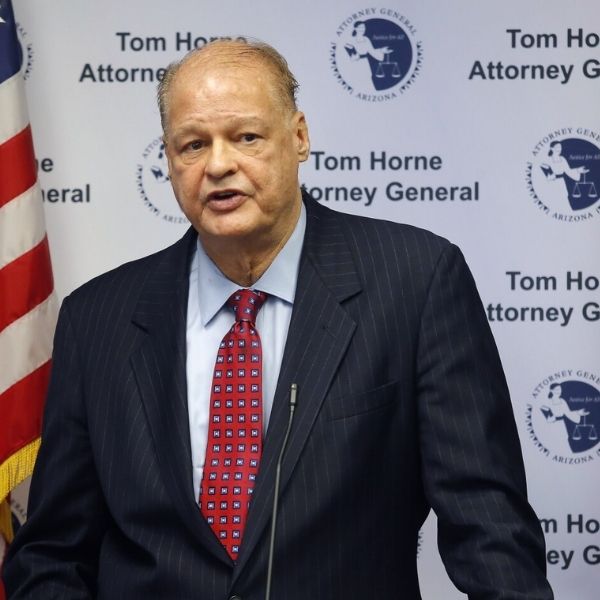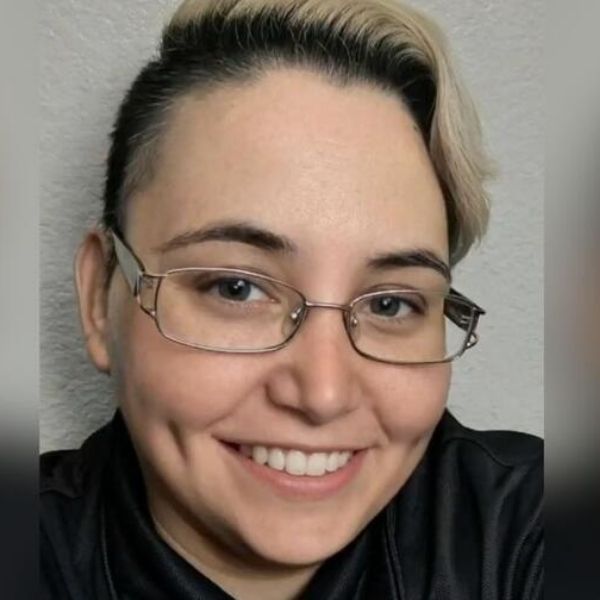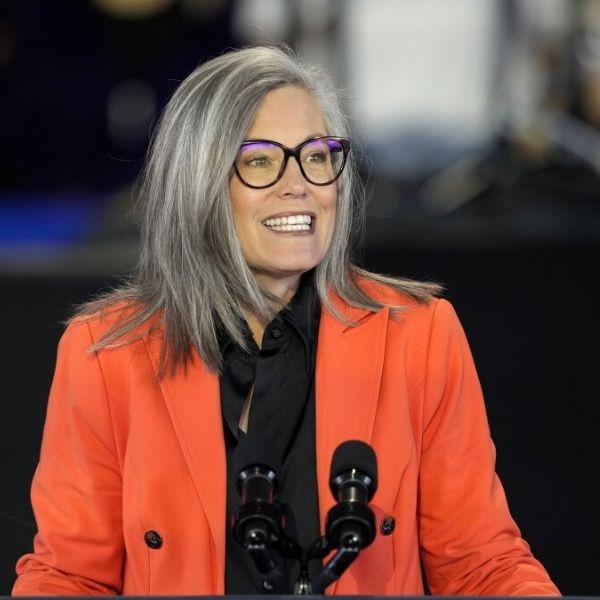PHOENIX — Arizona Superintendent of Public Instruction Tom Horne cannot legally force school districts to use only structured English immersion (SEI) to teach students learning English, according to a new Court of Appeals ruling.
The court sided unanimously with the State Board of Education, which has authorized multiple instructional methods — including dual-language programs — contrary to Horne’s preference for SEI.
Board, Not Horne, Sets English Teaching Policy
Writing for the three-judge panel, Judge Paul McMurdie said Horne’s legal arguments don’t hold weight because he lacks the authority to decide or enforce teaching models. That power lies solely with the Board of Education, not the superintendent.
“The superintendent has no independent policy-making authority,” McMurdie wrote. “His authority is limited to executing, under the direction of the board, the policies that have been decided on by the board.”
Horne had sued several school districts, Gov. Katie Hobbs, and Attorney General Kris Mayes, claiming they were violating Proposition 203, a 2000 ballot measure requiring English-only instruction. But the court ruled that neither Hobbs nor Mayes have legal control over how English is taught, and Horne lacks standing to sue them.
SEI vs. Dual-Language Models
At the heart of the dispute is Proposition 203, which declared that all Arizona public school students “shall be taught English by being taught in English.” However, a 2019 state law allowed the Board of Education to approve research-based alternatives, giving schools more flexibility.
This includes dual-language programs, such as a 50-50 model where instruction is split between English and the student’s native language. Horne argues this undermines the intent of Prop 203 and that English learners should be immersed entirely in English to achieve fluency faster — even if it means falling behind in other subjects.
But many educators and lawmakers disagree. Critics say strict English immersion leaves students behind in subjects like math and science. Others argue dual-language models help non-native speakers keep pace academically while also benefiting native English speakers.
Horne Ordered to Pay Legal Fees
In a major setback, the court upheld an earlier ruling requiring Horne — or rather, the Department of Education, which he used to file the suit — to pay $120,000 in legal fees to those he sued. The court also said the defendants can now seek reimbursement for appeal-related expenses.
Legal Standing Rejected
The appeals court dismissed Horne’s claims against Hobbs and Mayes due to lack of legal standing. McMurdie noted Horne failed to show how he personally suffered harm from their actions or how their conduct directly impacted his duties.
As for his claims against the governor, the judge said simply supporting dual-language instruction isn’t grounds for a lawsuit.
“He simply complains that she has publicly supported the 50-50 model,” McMurdie wrote.
Broader Push for Change
There’s been growing bipartisan momentum in Arizona to revisit Prop 203. A 2020 proposal would have required public schools to offer dual-language programs and other “effective and appropriate” methods for teaching English learners.
“This is a simple bill that says all the kids should have the equal chance to learn,” said former Rep. John Fillmore. He warned that full-English immersion can hold students back academically and limit their potential.
Though Fillmore’s bill passed the House Education Committee overwhelmingly, it died without a Rules Committee hearing.
What’s Next?
Horne has said this ruling won’t end his campaign to enforce SEI. His wife, Carmen Horne, is representing parents in a separate legal challenge. That case, too, is under appeal after being tossed out.
Still, with courts reaffirming that the Board of Education — not the superintendent — sets classroom policy, Arizona schools remain free to choose from a broader range of instruction models.
And for now, dual-language education remains legal and growing in Arizona.
















Leave a Reply